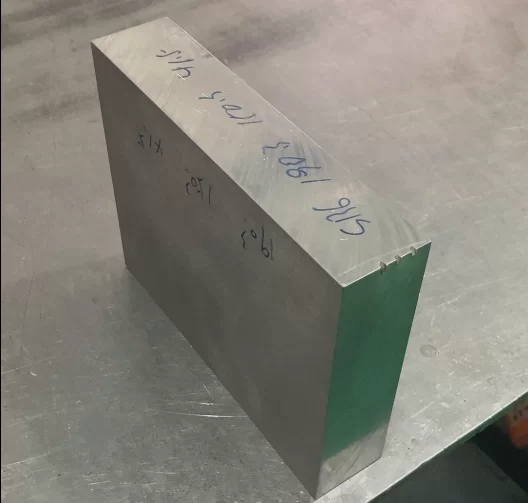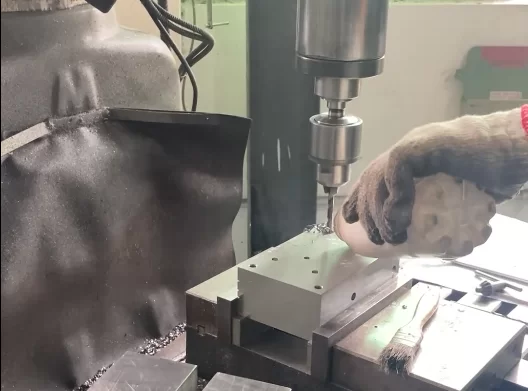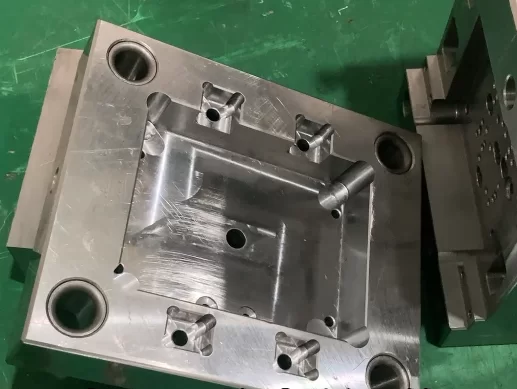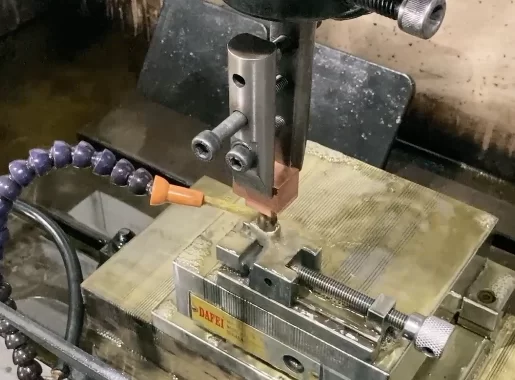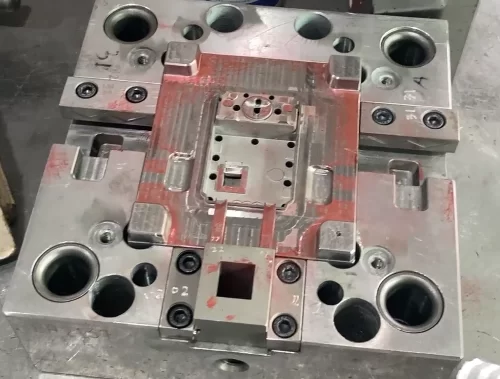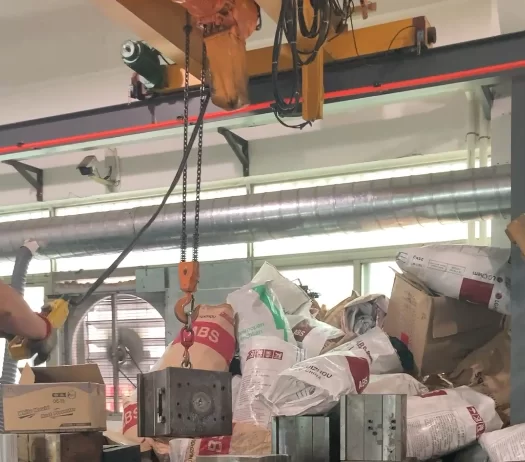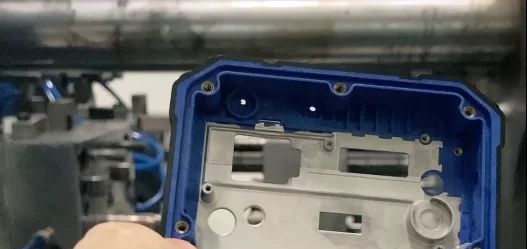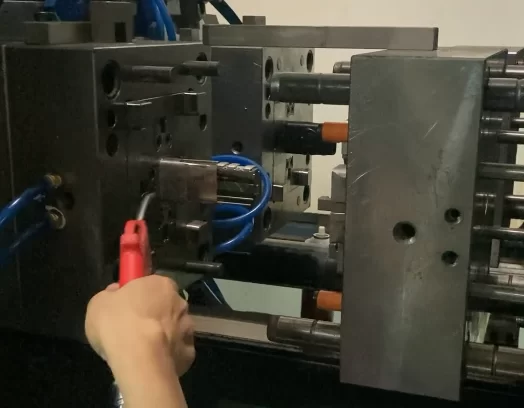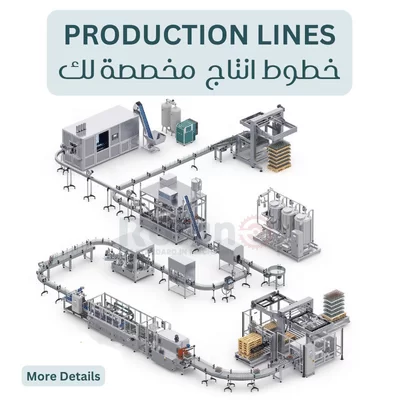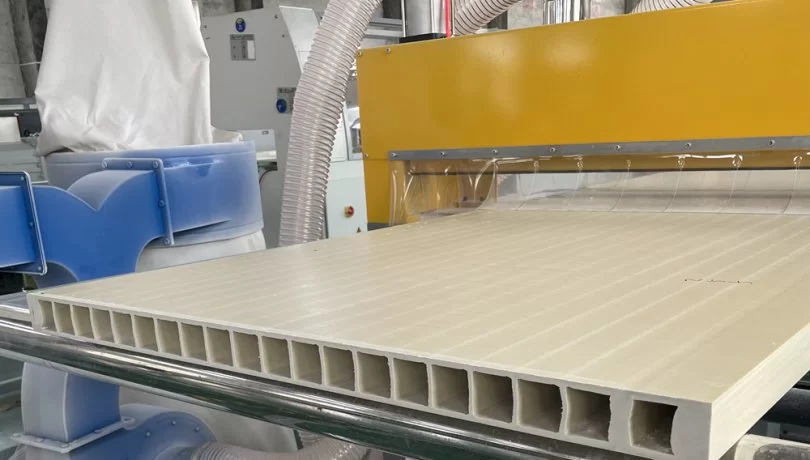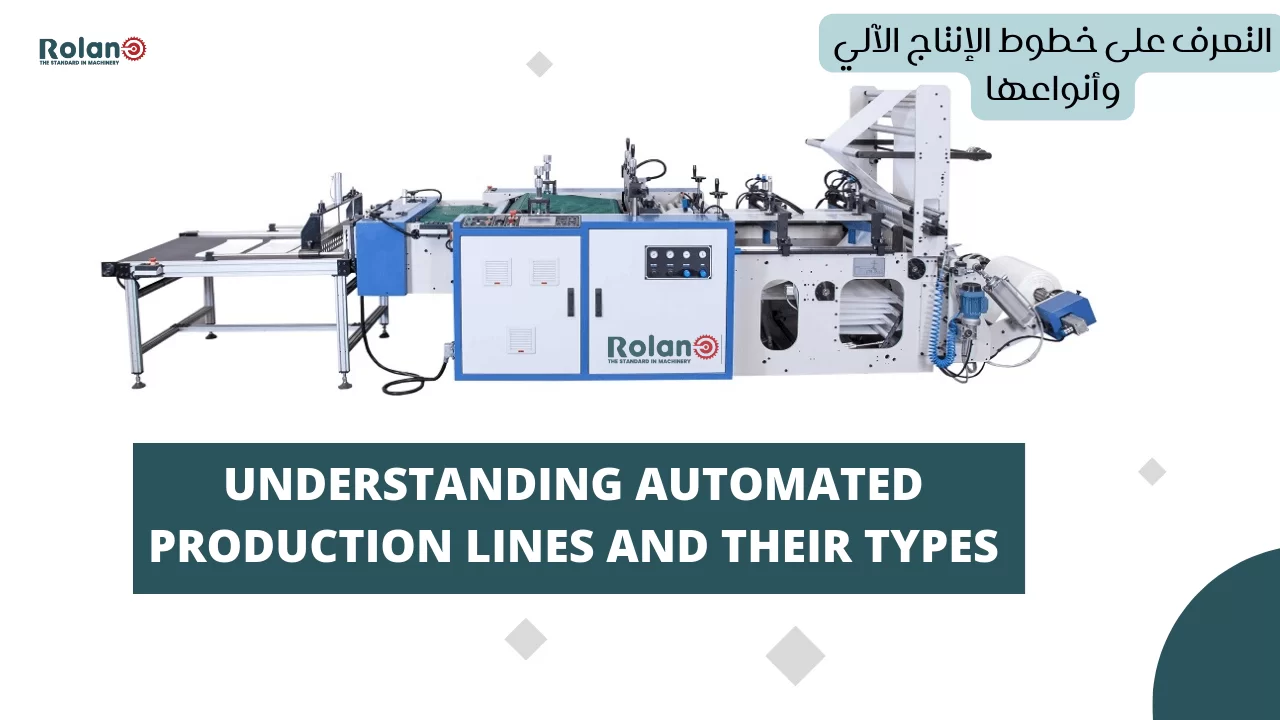How to make the mold
Basic Steps in Making Molds Molds are a tool commonly used in the manufacturing industry and are used to produce various product shapes and sizes. Making a mold requires a series of steps. The basic mold making process will be introduced in detail below.
Step One: Design the Mold
Designing the mold is the first step in mold making. According to the product requirements and design drawings, the mold designer needs to use computer-aided design (CAD) software to conduct the three-dimensional design of the mold. During the design process, factors such as the shape, size, material, and mold structure of the product need to be considered. Designers also need to pay attention to the manufacturability and usability of the mold to ensure that the final mold can meet production needs.
Step 2: Make mold parts.
During the mold making process, various mold parts need to be made. According to the design drawings, the mold is decomposed into multiple parts, and appropriate materials are selected for processing according to different part shapes and sizes. Commonly used processing methods include CNC machine tool processing, EDM, wire cutting, etc. Through precise processing, mold parts that meet the design requirements are produced.
Step 3: Assemble the mold.
After making the mold parts, you need to assemble the mold. According to the design drawings and processing technology requirements, the various parts are assembled in a certain order. During the assembly process, attention needs to be paid to the matching accuracy and assembly method of the parts to ensure that the mold has a stable structure, flexible movement, and can meet the requirements of the product.
Step 4: Debugging and Testing.
After assembling the mold, debugging and testing are required. Through the assembly and debugging of the mold, you can check whether the various parts of the mold move in a coordinated manner and whether they can meet the processing requirements of the product. At the same time, it is also necessary to conduct mold trial work to verify whether the mold can correctly form and process the product.
Step 5: Corrections and Improvements.
During the debugging and testing process, some problems and deficiencies may be discovered. Based on the mold trial results, the mold needs to be corrected and improved. Corrections and improvements may involve structural adjustments to molds, replacement of parts, or optimization of processing techniques. Through continuous correction and improvement, the mold can achieve better processing results and service life.
Step 6: Put the mold into production.
After the mold is debugged and improved, it can be officially put into production. Before being put into production, final inspection and testing of the mold is required to ensure that the mold can operate normally and meet the requirements of the product. At the same time, it is also necessary to formulate maintenance plans and maintenance measures for the mold to extend the service life of the mold. Summary Making molds is a complex and delicate process that requires the joint efforts of designers and manufacturing workers. Through precise design, fine processing and reasonable assembly, the mold produced can provide reliable guarantee for product production. At the same time, timely debugging, correction and improvement can continuously improve the quality and efficiency of the mold. Making molds requires a rigorous attitude and professional technology. Only in this way can high-quality molds be produced to meet the production needs of different industries.
How is the mold processed?
You must know that the birth of an excellent product cannot be separated from a good mold. Today I will take you to briefly understand the mold processing process, let go!
This is the steel we need to make molds
Then get the machine and drill out the required holes.
Then CNC burn out the required shape and complete quenching, hardening, grinding and other processes.
Finally, the parts that cannot be soldered are finely corrected through sparking to get the mold base and mold core!
This is just the beginning. The next step is to match the mold. We need to match the corresponding rear mold according to the front mold, and then perform mold closing and mold testing.
During the mold trial process, the master needs to use a crane to lift the mold, move it to the injection molding machine and then install it for testing. If there is a problem, it must be dismantled and lifted to the machine to repair the mold. This process is repeated until the mold trial is successful. , this is just one component mold of the product.
Let’s take the three-proof shell material as an example to explain how the lower shell material is produced. The three-proof shell material must be made using this two-color injection molding machine.
First, press so many copper nuts onto the mold one by one, and then put the alloy bracket on it. After first applying the hard glue, the two-color injection molding machine will automatically turn around and then apply the soft glue to form an integrated mold. This is precisely because there are many steps and it takes a long time. If there is a problem in one link, the shell will be scrapped, so this is one of the reasons why three-proof products are expensive. However, this kind of shell material has a high waterproof level and is resistant to falling and making, so it is favored by many customers!


